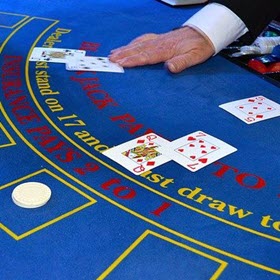
Finding Bullish Setup Zones within Bigger Uptrends – Requirements, Considerations, Conditions, Setups and Signals
This report will show how to find bullish setup zones for trading pullbacks within the bigger uptrend. This is trading in the direction of the bigger uptrend. We are only focused on uptrends and bullish setups. In addition, there are two requirements: the broad market trend must be up and the stock must be














